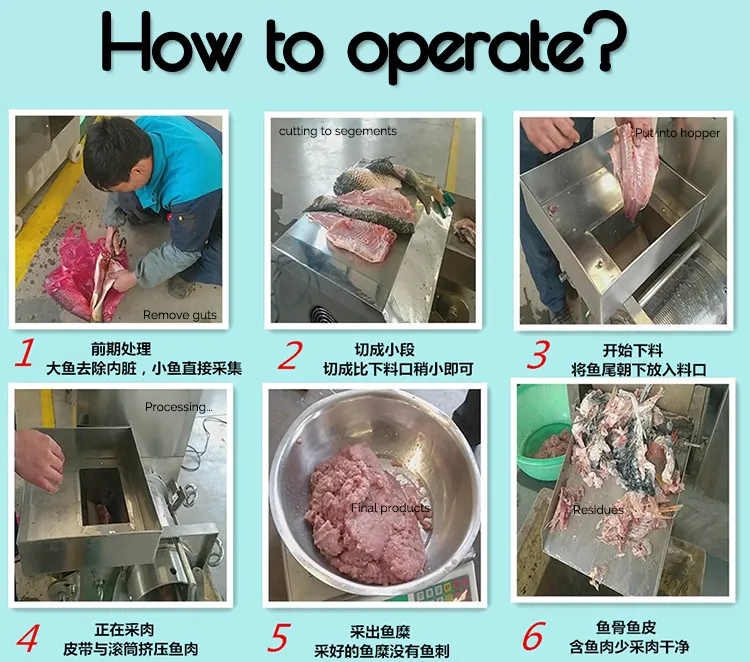10 years of experience as a food machinery equipment manufacturer
10 years of experience as a food machinery equipment manufacturer
The Chinese household appliance market offers an array of kitchen gadgets designed to simplify traditional culinary tasks. Among these, the fish meat separator has gained significant traction, promising efficiency in processing whole fish into usable fillets. Understanding the key features is paramount for buyers to ensure they select a machine that genuinely meets their needs and provides lasting value.

Arguably the heart of any fish meat separator is its motor. Power, typically measured in watts, directly impacts the machine’s ability to handle different fish types and sizes efficiently. Low-powered models might struggle with denser fish or larger bones, leading to jams and incomplete separation.
The primary purpose of the machine is to effectively separate edible meat from skin and bones with minimal waste. Several factors influence this efficiency.
An appliance that is cumbersome to operate or clean will likely end up neglected on a shelf.
Handling sharp blades and moving parts requires built-in safety considerations.
This is an investment appliance, so construction matters.
Armed with knowledge of key features, buyers can approach their decision methodically:
Selecting a fish meat separator involves careful evaluation beyond superficial features or price alone. Focusing on core performance aspects like motor power, blade efficiency, and build quality, coupled with practical considerations for safety, cleaning, and durability, empowers consumers to make a confident and informed purchase. A well-chosen separator becomes a valuable asset, streamlining meal preparation and enhancing the experience of enjoying fresh fish at home.
